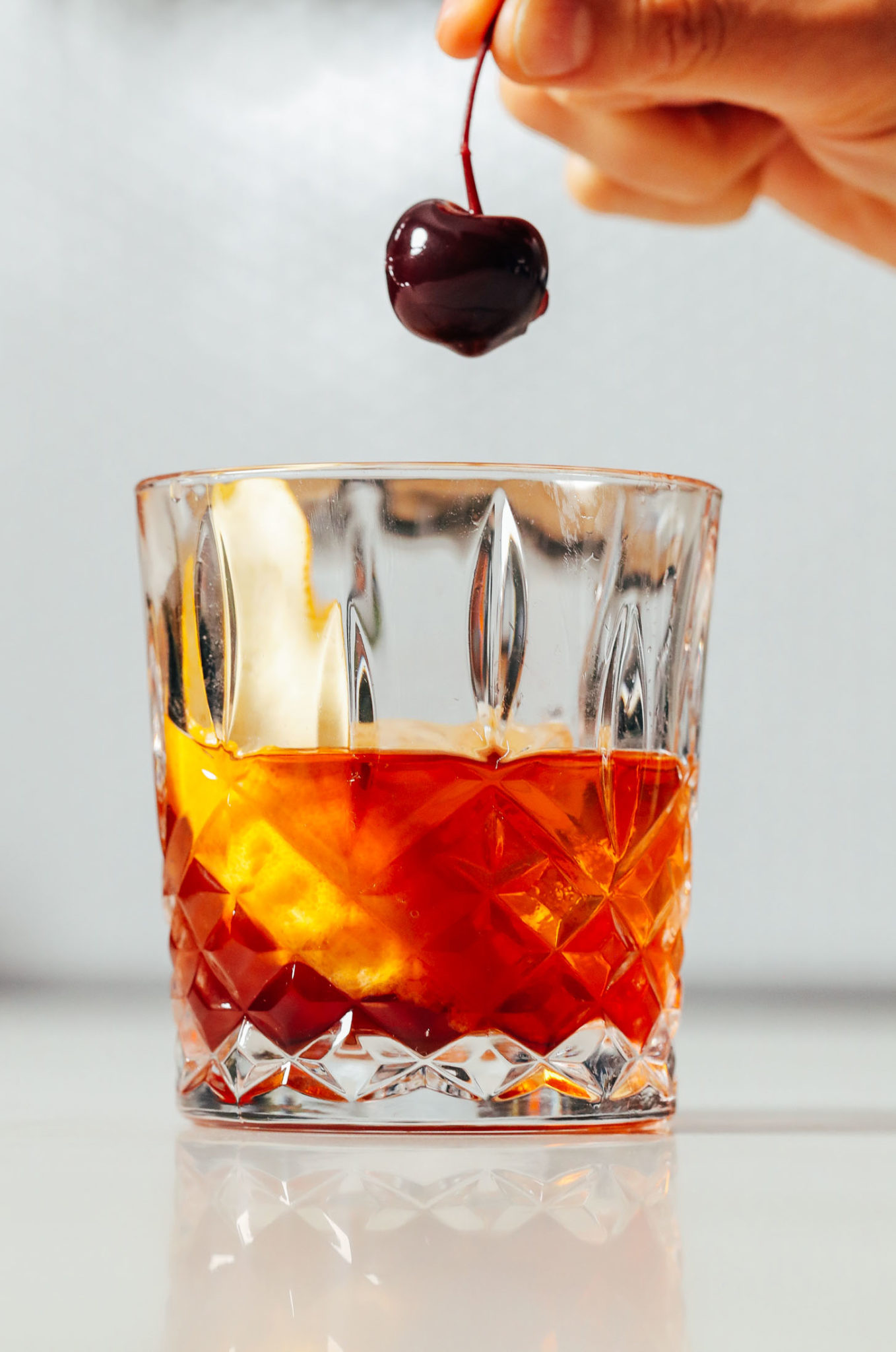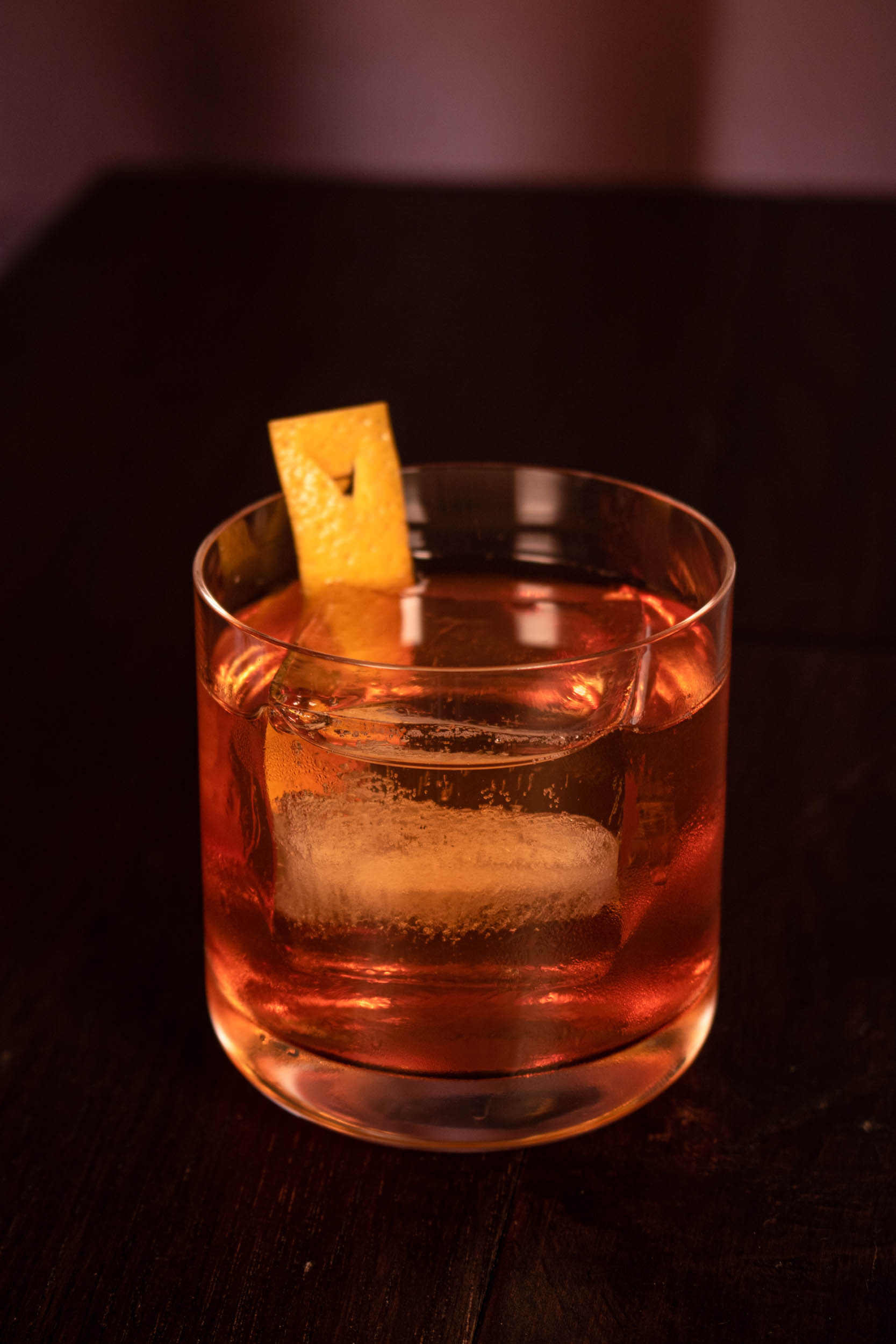
Just avoid any brands that have added sugar, like many flavored whiskeys, as it will change the balance of your drink. Bourbon is a better choice for a sweeter drink, while rye may be preferable for those looking for drier, spicier or peppery notes. But what’s the best one? As far as whiskey or bourbon go, the best is generally whatever you prefer. For instance, some variations of this recipe call for muddled orange slices and maraschino cherries, which make for a sweeter drink.Īs far as the base spirit, your possibilities are almost endless. Be sure to serve this cocktail in a rocks glass, as it allows you ample room to properly muddle the sugar cube and any other ingredients you want to add. While many enjoy imbibing this classic as is, this drink is wonderfully customizable. Fill glass with ice and stir for additional 10–15 seconds to chill.įAQs How Do You Drink an Old-Fashioned Cocktail? Use muddler to break up sugar cube and muddle until dissolved into a paste. Add bitters and 1 teaspoon water, adding extra bitters dashes to taste.
Ingredients to old fashioned drink how to#
How to Make a Classic Old-Fashioned Cocktail The name stuck, and the rest was history. “A bartender in one of the most widely known New York establishments for the dispensation of drinks was telling me the other day that there had set in an unmistakable stampede in favor of old-fashioned cocktails.” “The modern cocktail has come to be so complex a beverage that people are beginning to desert it,” said the editor, Leander Richardson. Then in 1886, an article in the publication Comment and Dramatic Times criticized this new wave of experimental bar culture, calling it overly complicated. Like the actual cocktail’s story, the origins of its name are just as muddled-pun intended.Īccording to The Old-Fashioned: The Story of the World’s First Classic Cocktail, with Recipes and Lore by Robert Simonson, this classic’s original name was simply the “Whiskey Cocktail.” Early iterations simply included whiskey, bitters, ice and a “ particle of lemon.” However, in the mid- to late-19 th century, American bartenders began getting more experimental and started adding ingredients like absinthe, maraschino and more. Where Does the Name “Old Fashioned” Come From? No matter the origin story, there’s no denying that this drink has been enjoyed for over a century and is a staple in the American cocktail canon. Early iterations of what would become this whiskey-based drink instead used Holland gin, and many modern purists claim bourbon is the only option, despite rye having been an early favorite. In Jerry Thomas’s Bar-Tender’s Guide (later titled How to Mix Drinks: Or, the Bon-Vivant’s Companion), the first cocktail book published in the United States in 1862, liquid volumes are often measured in “wineglasses,” which has been taken to mean around two ounces of spirit. It’s hard to nail down exact historical proportions, as the strength and quality of distilled spirits, or even which spirits were used, have varied over time. However, author and drinks historian David Wondrich found a mention of the drink in the Chicago Tribune in 1881, a year before the club opened. Schmid, until fairly recently, most historians believed the cocktail originated in Kentucky’s Pendennis Club. And the Old Fashioned is no exception.Īccording to The Old Fashioned: An Essential Guide to the Original Whiskey Cocktail by Albert W.

Like many historic drinks, it’s hard to pinpoint their exact origins. Here’s everything you should know about it. Regardless of complicated backstories and historical bartender peacocking, the Old Fashioned itself remains one of the easiest to make, three-ingredient drinks in the modern cocktail canon.


And like with many classics, there are always going to be riffs-the Bonfire Old-Fashioned and the Wisconsin Old Fashioned to name a few.īut at its core, this classic cocktail is a simple combination of whiskey (usually bourbon or rye), sugar and bitters. The Old Fashioned is one of the earliest whiskey cocktails in modern record, thought to have been developed in the early 1800s. Decorative Wine Racks & Modular Systems.


 0 kommentar(er)
0 kommentar(er)
